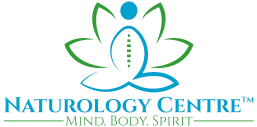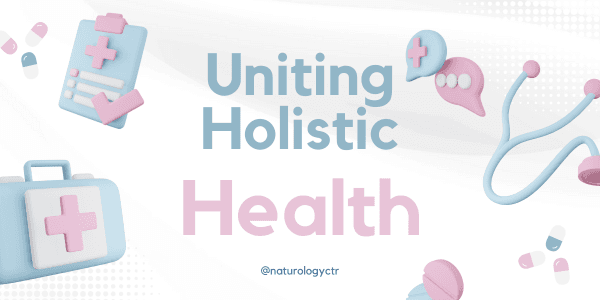Uniting Holistic Health and Conventional Medicine for a Resilient Canadian Healthcare System
In the face of long wait times and escalating chronic health challenges, Canada’s healthcare system stands at a pivotal crossroads. Integrating holistic health services—not as alternatives to, but as complements of, conventional medicine—offers a promising pathway to reduce system overload, enhance patient well-being, and foster a culture of prevention.
A Harmonious Partnership
Conventional medicine has achieved remarkable successes, particularly in acute care and emergency interventions. Yet, by the time symptoms prompt a medical visit, the opportunity for early, subtle intervention may have passed. Holistic therapies such as massage therapy, naturopathy, hypnotherapy, acupuncture, osteopathy, and shockwave therapy address health from a preventative standpoint. They work by restoring balance and stimulating the body’s innate healing mechanisms—a philosophy reminiscent of Milton Erickson’s belief in the transformative power of subtle, guided change.
For example, acupuncture and osteopathic techniques have demonstrated measurable benefits in managing chronic pain. Research published in respected journals suggests that when these therapies are integrated with conventional treatments, patients often experience reduced pain levels and decreased reliance on opioids and other medications. By mitigating pain early on, patients are less likely to spiral into chronic conditions that demand intensive, resource-heavy interventions.
Prevention as a Foundation
At the heart of holistic health lies prevention. Regular sessions of acupuncture or targeted massage therapy can preempt the development of more severe conditions by addressing early signs of imbalance—be they physical tension or stress-related symptoms. Studies have noted that integrative care approaches can reduce the frequency and severity of health crises, which in turn diminishes the demand for emergency services and intensive care.
Consider the case of patients with chronic lower back pain: When holistic methods such as osteopathic manipulation and tailored naturopathic advice are incorporated into a treatment plan; many report significant improvements in pain management. This often results in fewer hospital visits and a reduced need for long-term medication, easing the overall strain on healthcare resources.
Complementarity, Not Competition
A common misconception is that holistic therapies stand in opposition to conventional medicine. In reality, they offer complementary benefits that, when integrated, create a more comprehensive approach to health care. Conventional medicine is vital for acute and emergency care, while holistic therapies excel in prevention and long-term wellness. Together, they address the multifaceted nature of health.
Integrative care models foster collaboration between diverse healthcare practitioners. For instance, a patient might receive a diagnosis and medication from a family physician while simultaneously benefiting from acupuncture to manage side effects and reduce pain. Such a partnership enhances patient outcomes and promotes a more efficient allocation of healthcare resources. It invites a shift from crisis management to proactive, sustained wellness—a compassionate and economically sound change.
Addressing Challenges and Embracing Opportunities
While the benefits of integrating holistic health services are compelling, it is important to acknowledge the challenges. Standardizing care protocols and ensuring effective communication between holistic and conventional practitioners require ongoing effort. However, pilot programs across Canada have shown that these challenges can be overcome with thoughtful planning and collaborative training. As healthcare systems evolve, embracing a more integrative model can lead to measurable improvements in patient satisfaction and reductions in systemic costs.
Moreover, by incorporating holistic practices, patients are empowered to take charge of their own health. This self-efficacy results in better health outcomes and reduces the frequency of high-cost interventions. Every proactive measure counts in a system stretched thin by preventable chronic conditions.
A Vision for a Healthier Future
Imagine a future where routine medical appointments focus more on nutrition, stress management, and gentle bodywork—a future where prevention is as celebrated as the cure. By weaving holistic services into the fabric of conventional care, we can reduce emergency room visits, lower the overuse of pharmaceuticals, and foster a healthier, more resilient population.
Integrating holistic health is not merely a theoretical ideal but a practical strategy to relieve the pressures on Canada’s medical system. It is an invitation to reimagine healthcare as a collaborative journey—one that nurtures the mind, body, and spirit, and in doing so, creates a robust, adaptable system for all Canadians.
By uniting the strengths of both conventional and holistic approaches, we can build a healthcare system that is efficient and effective while also being compassionate and empowering. We can shift the narrative from reactive treatment to proactive, lifelong wellness—truly healing together for a brighter, healthier future.

